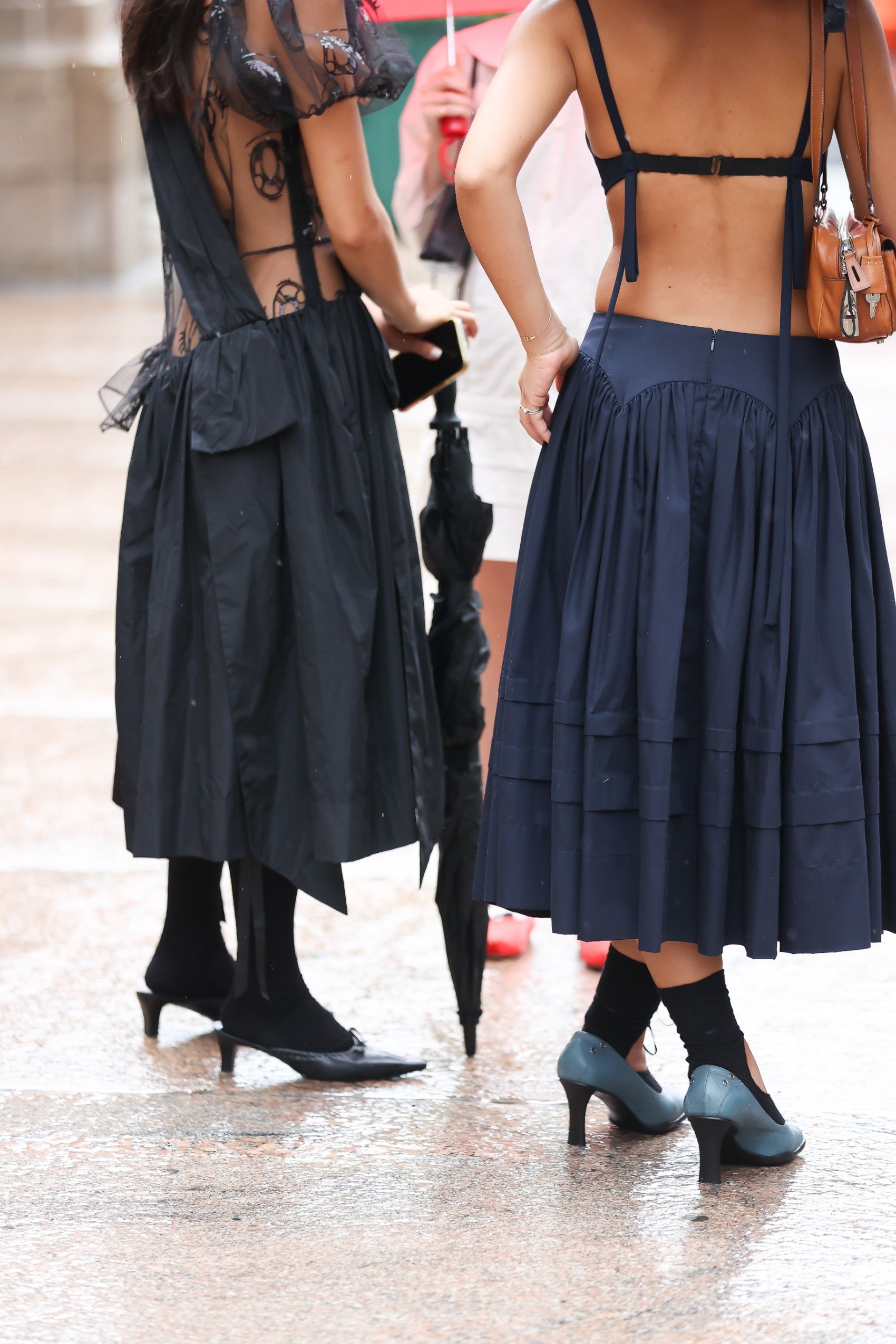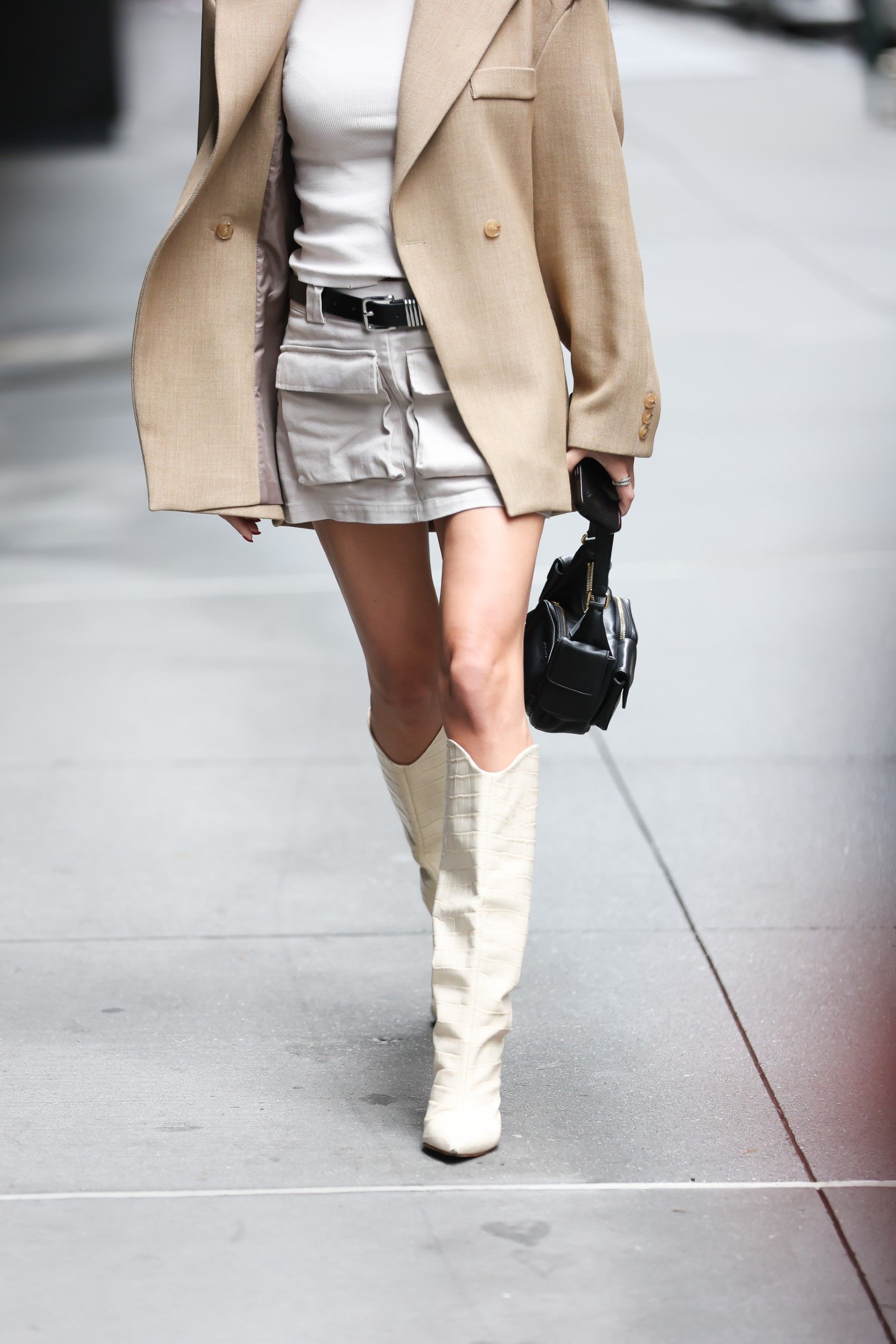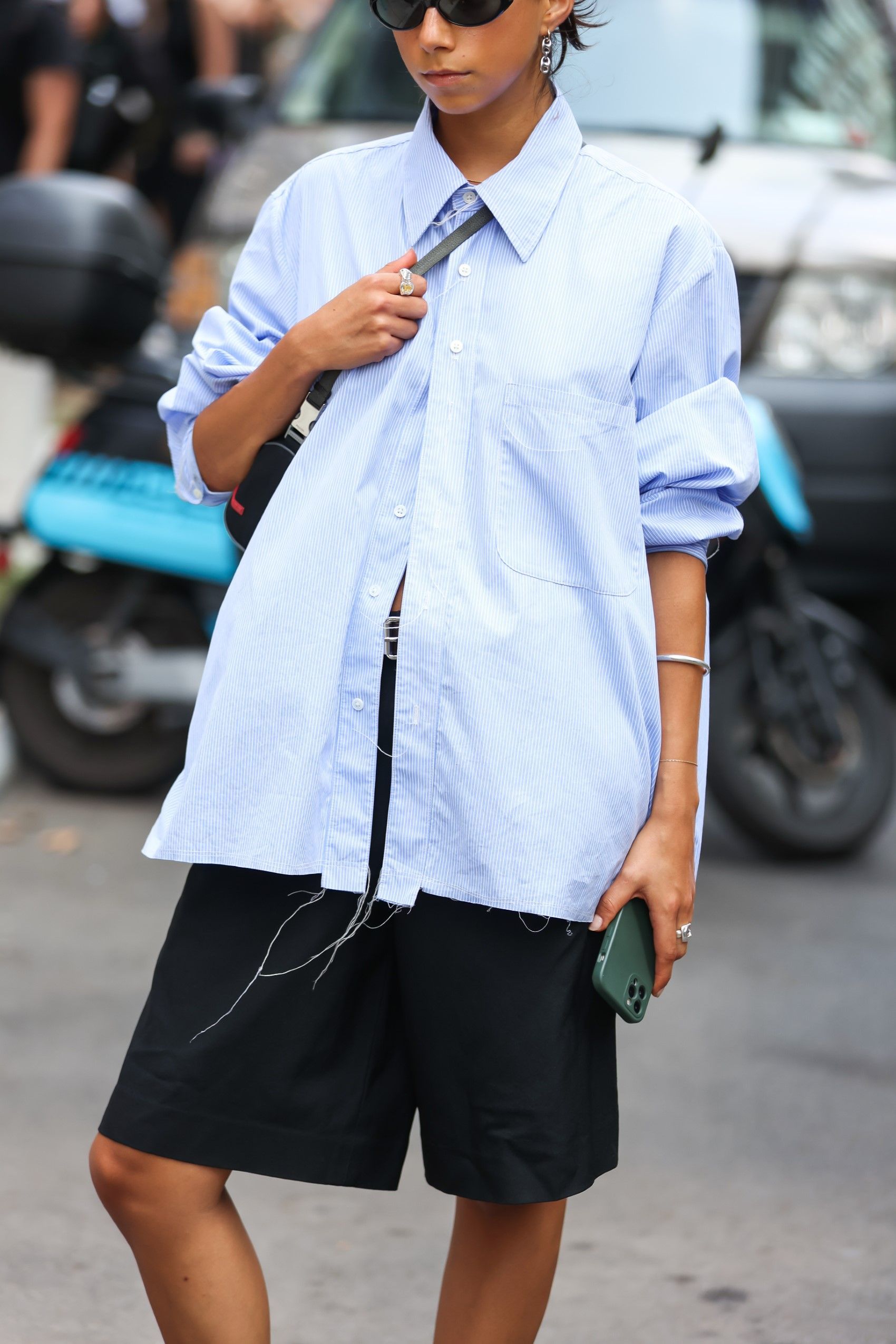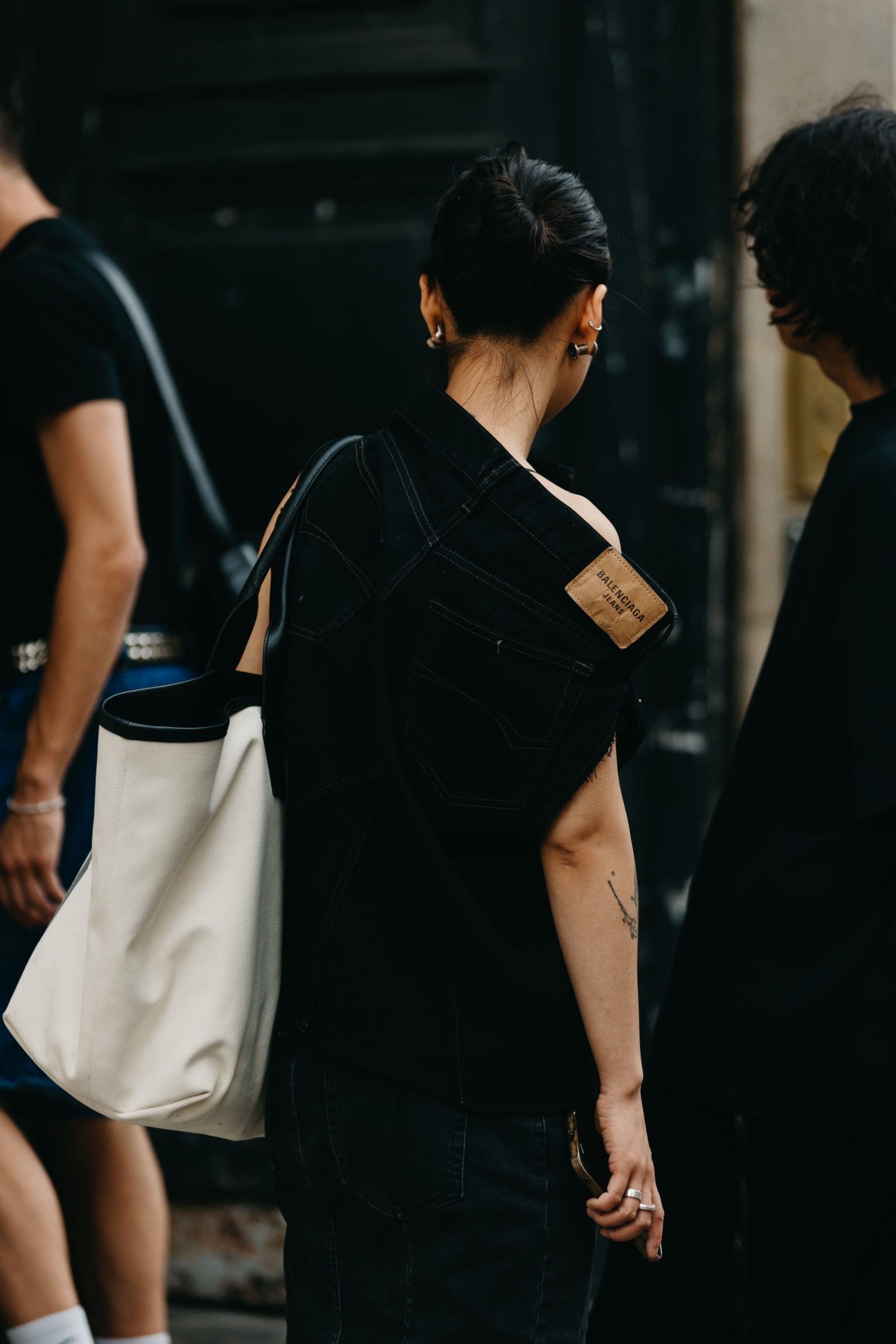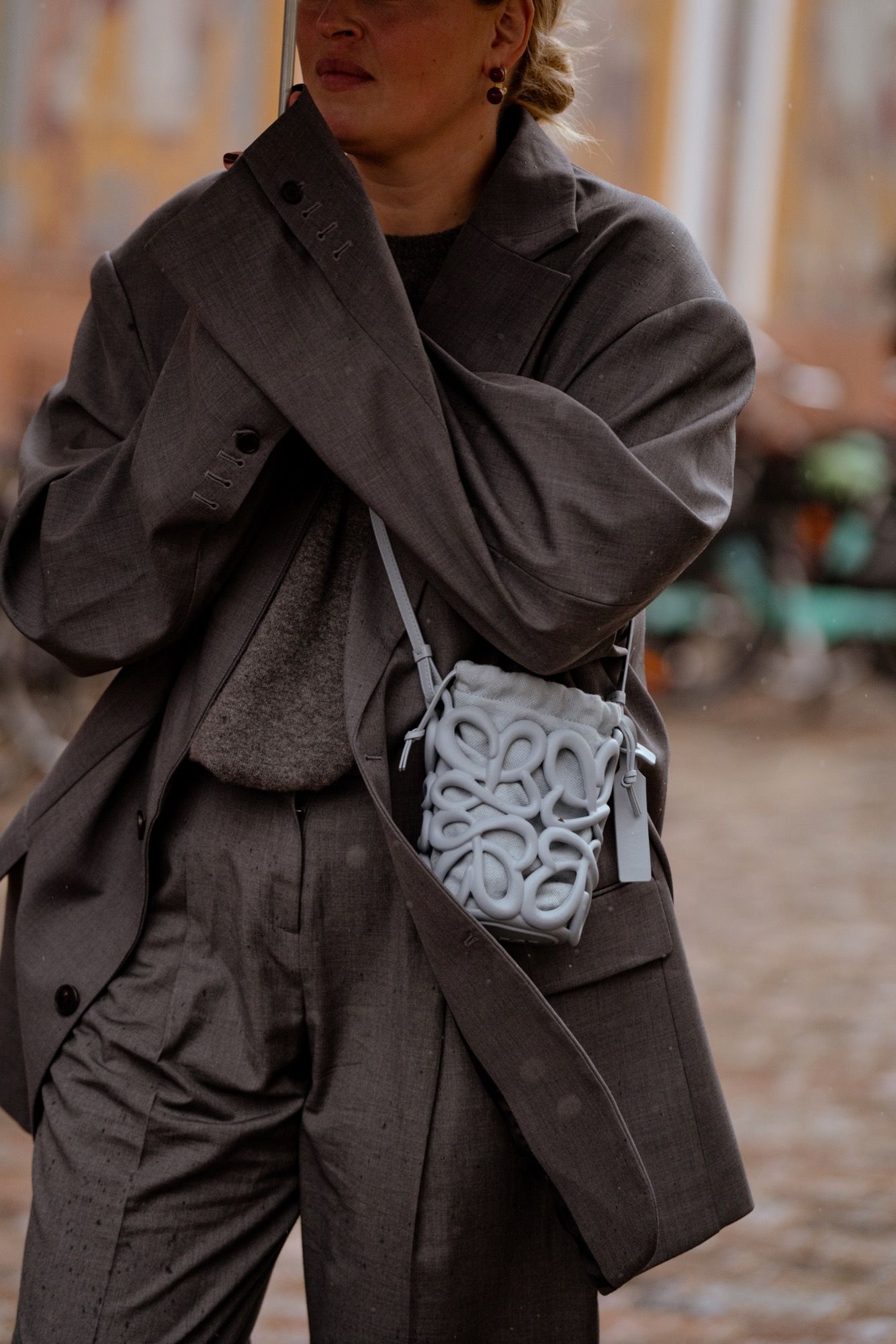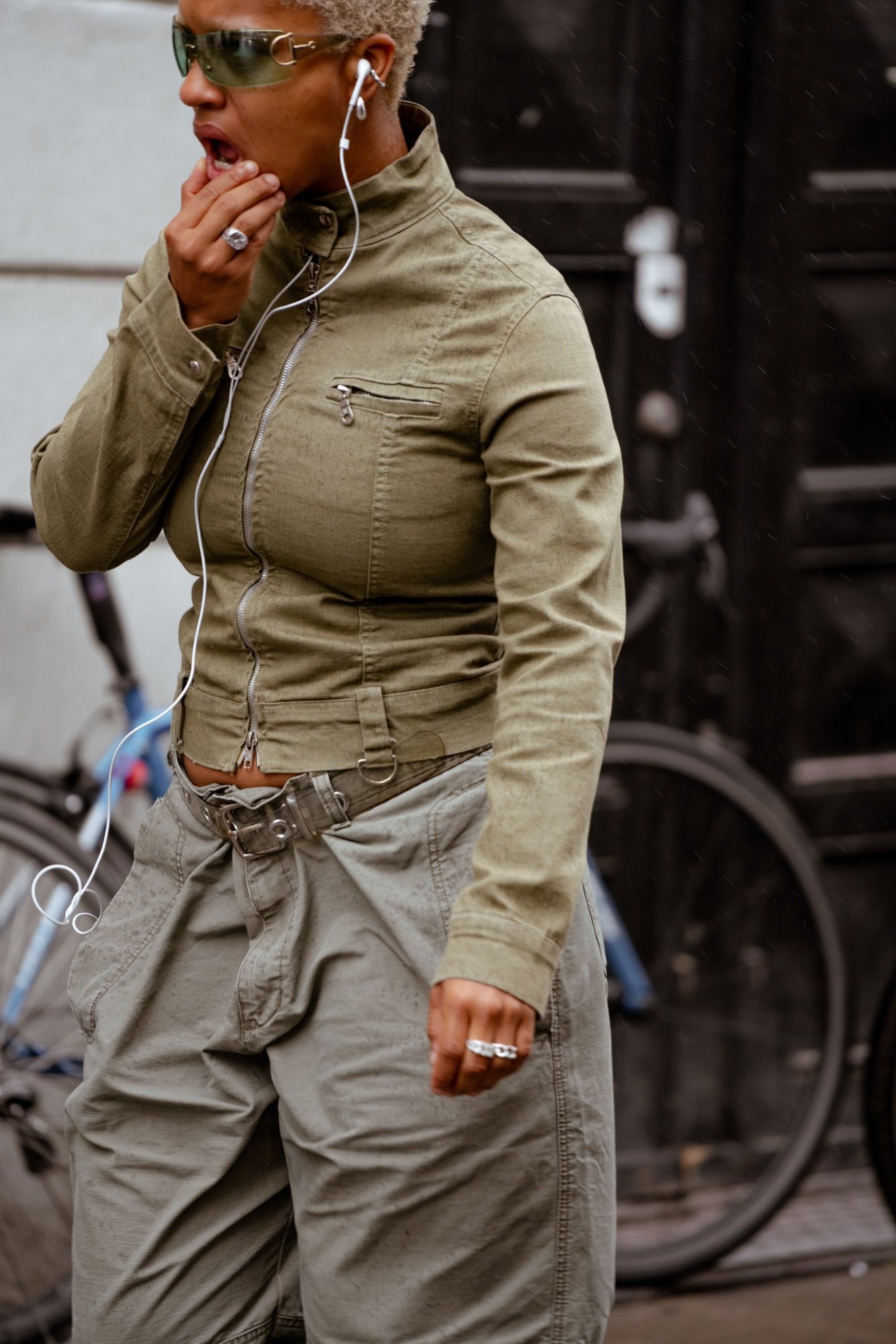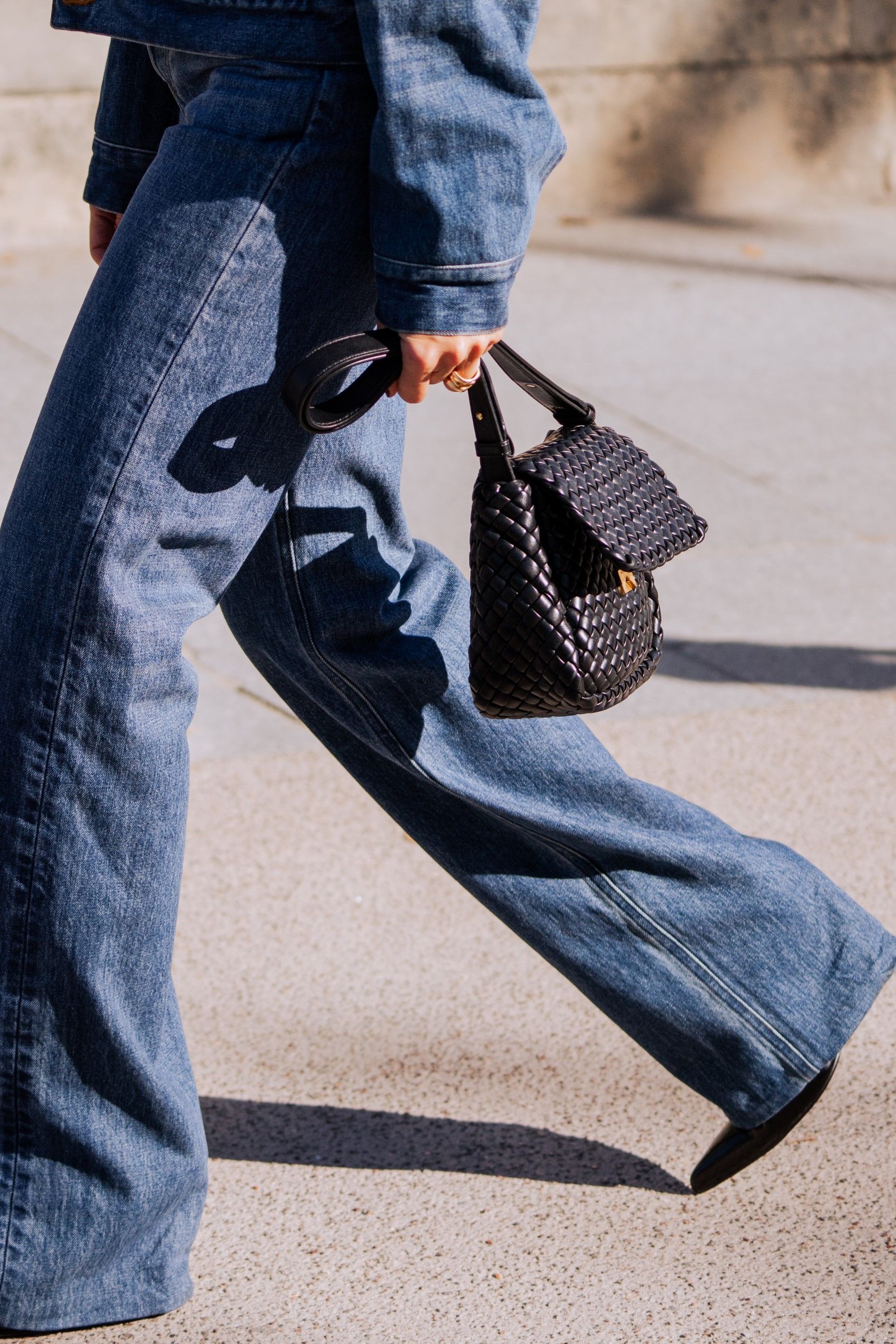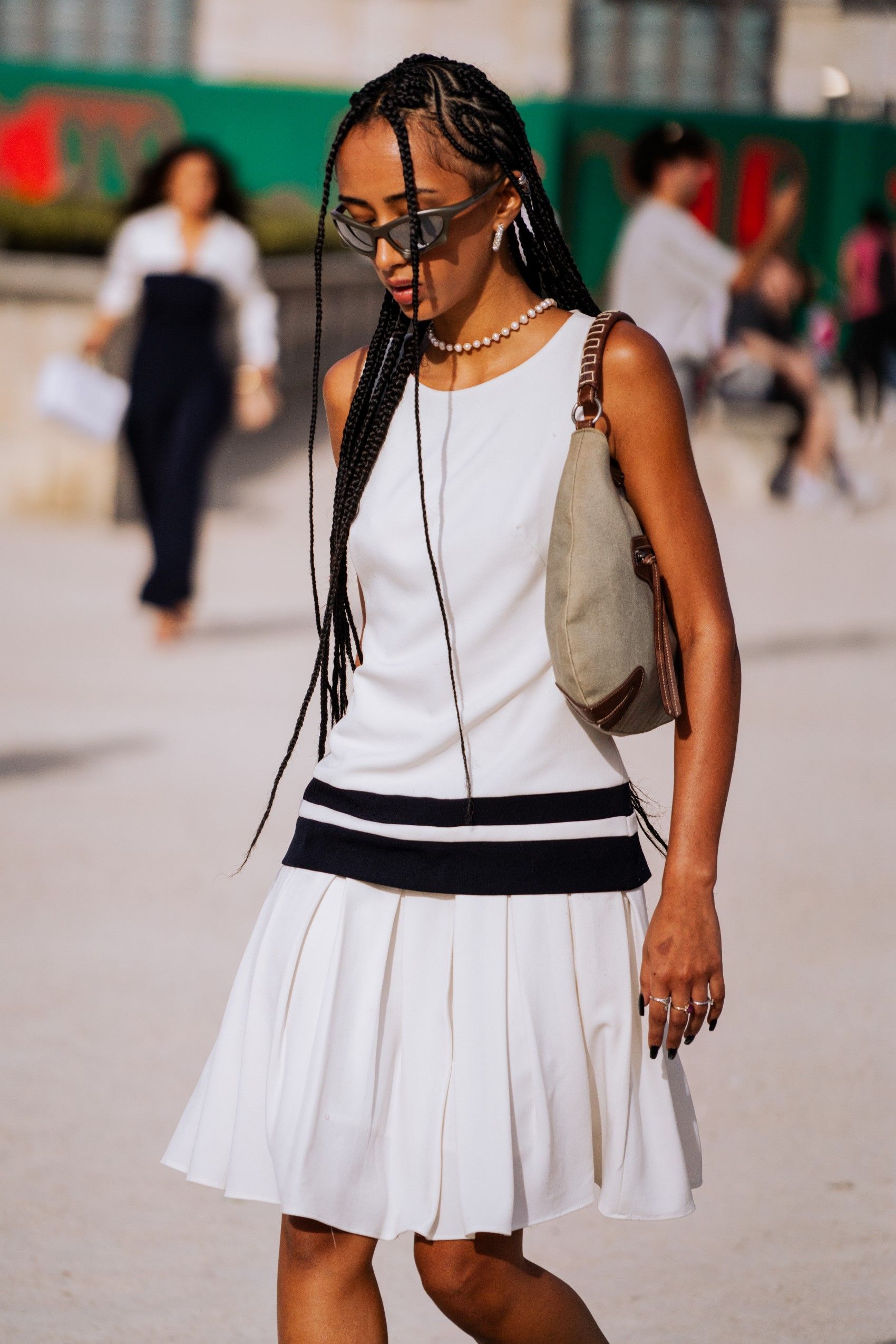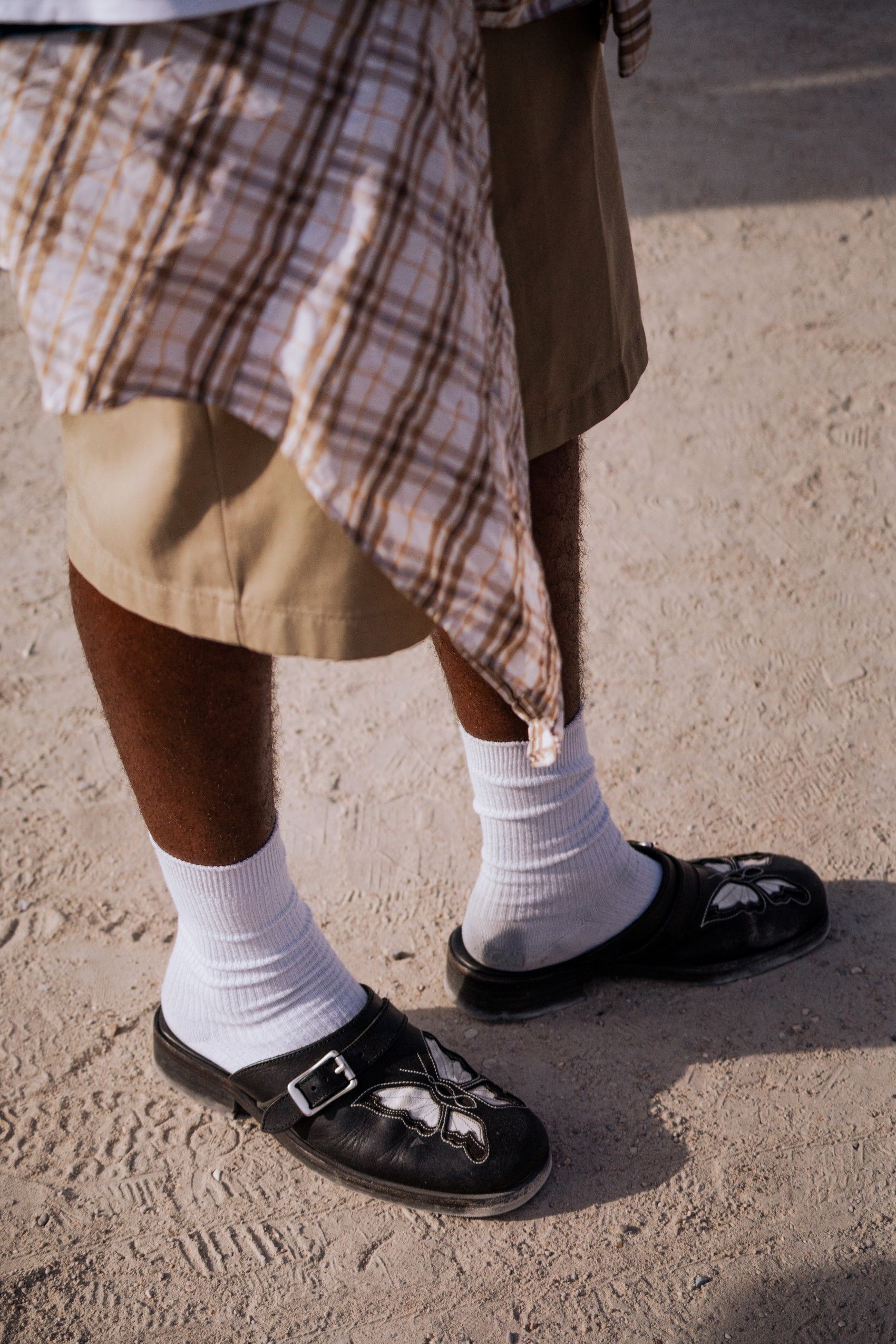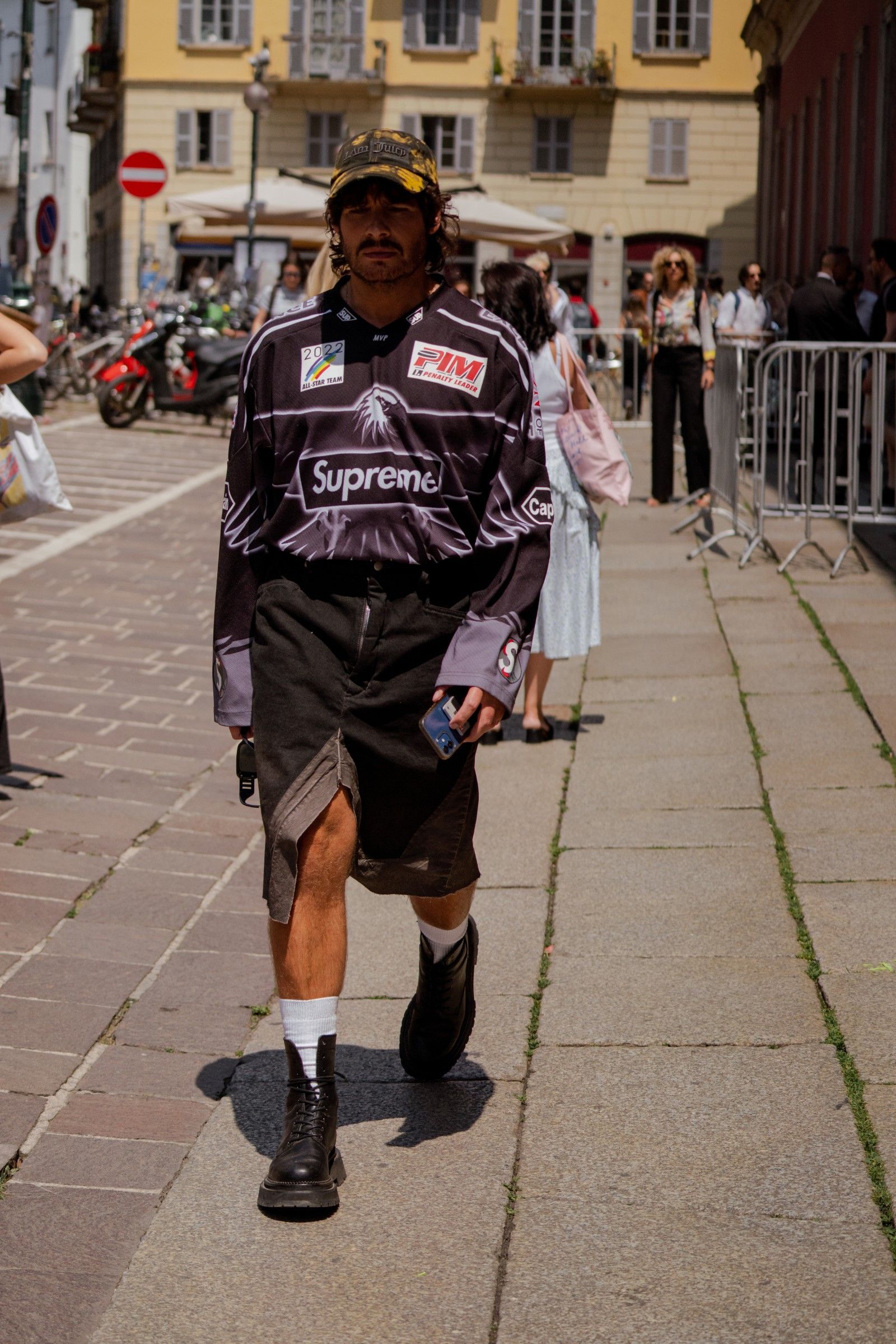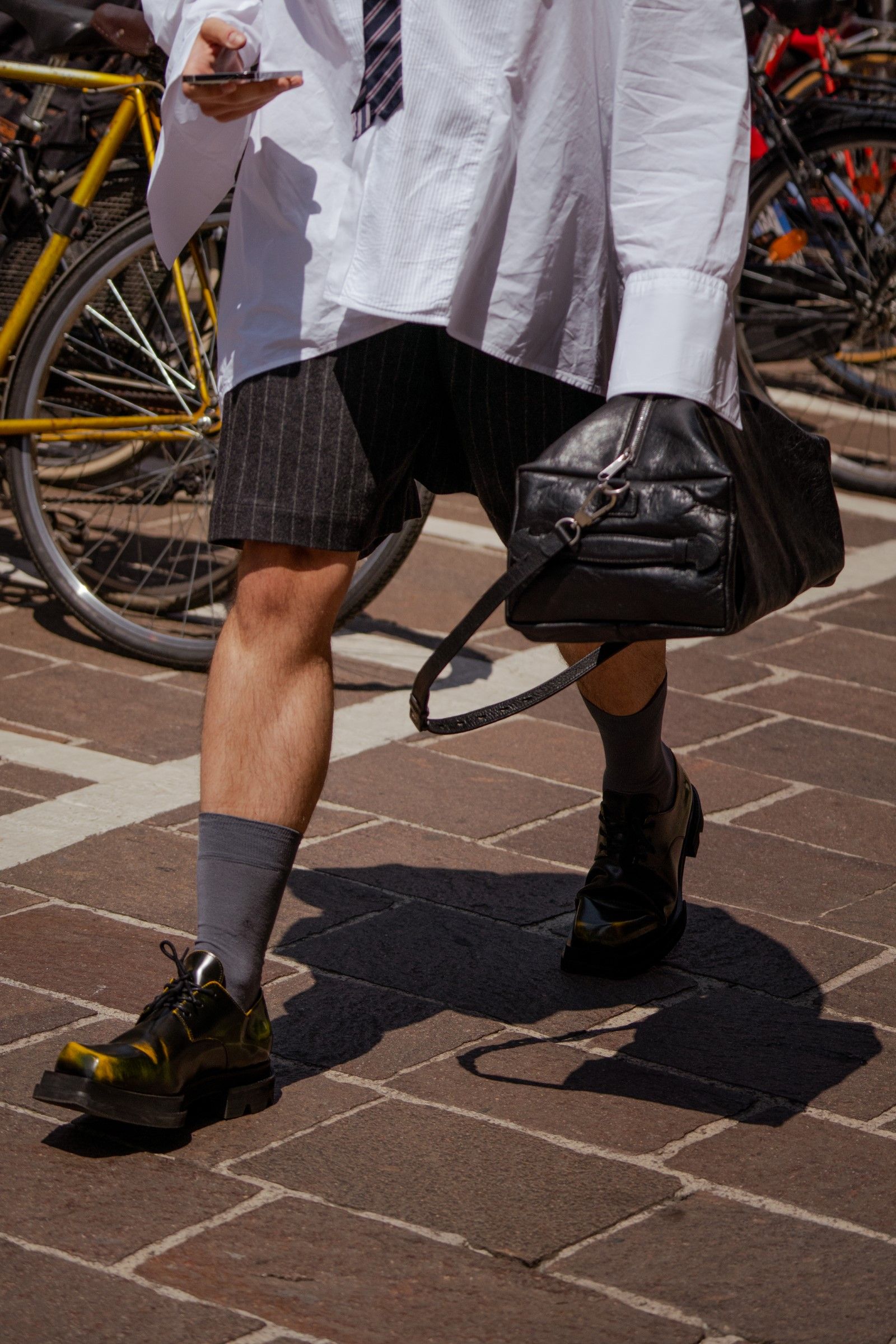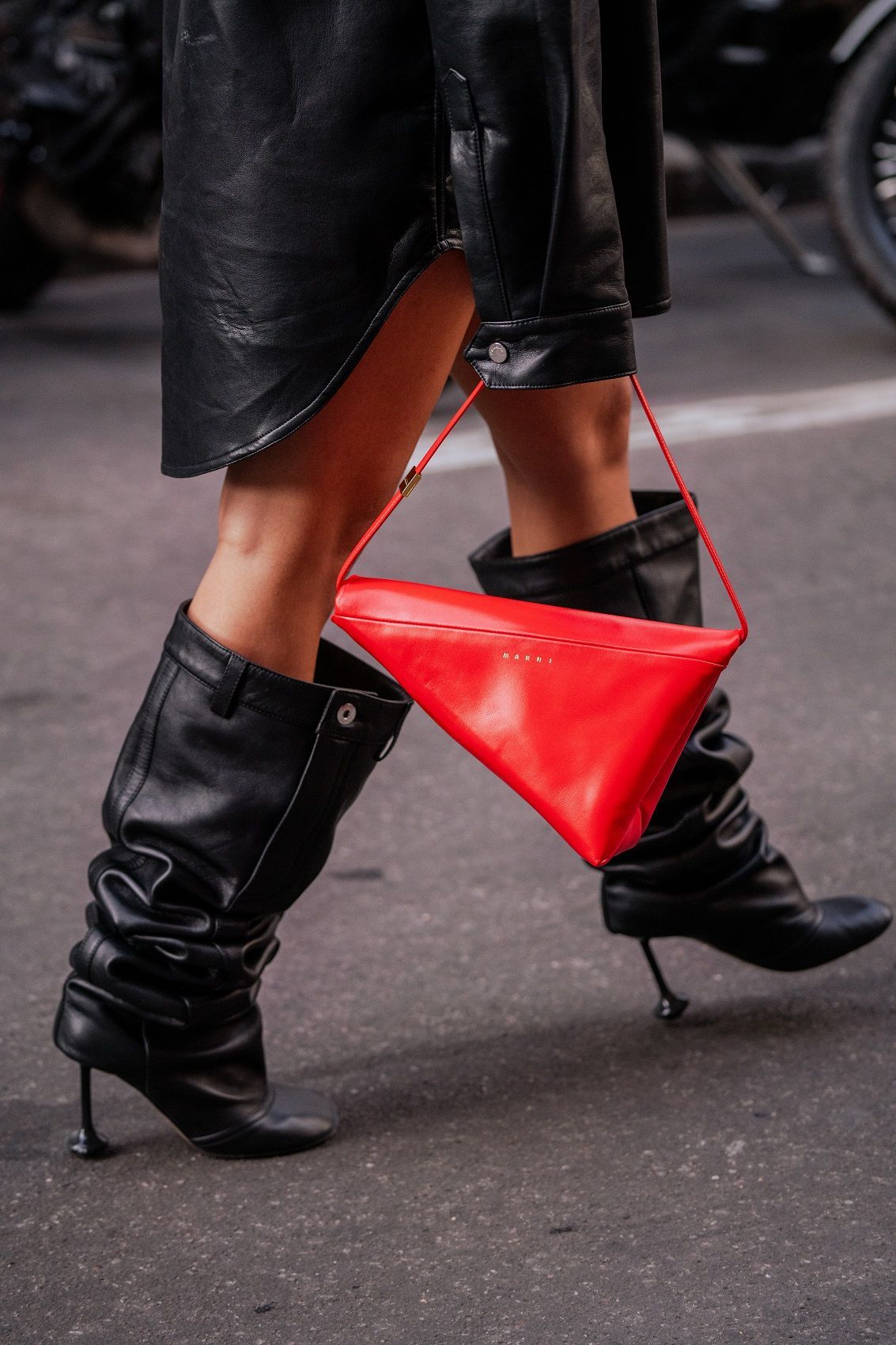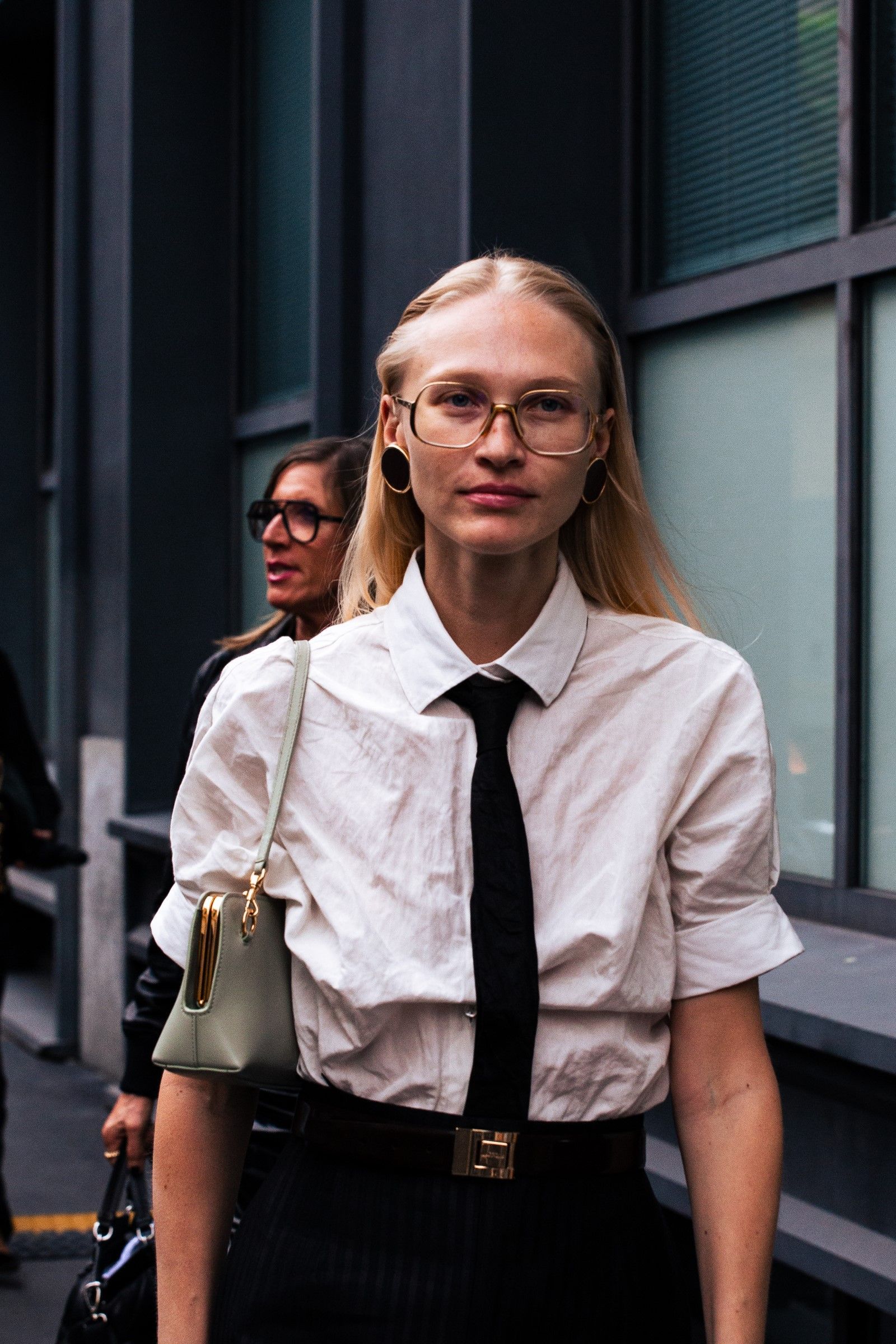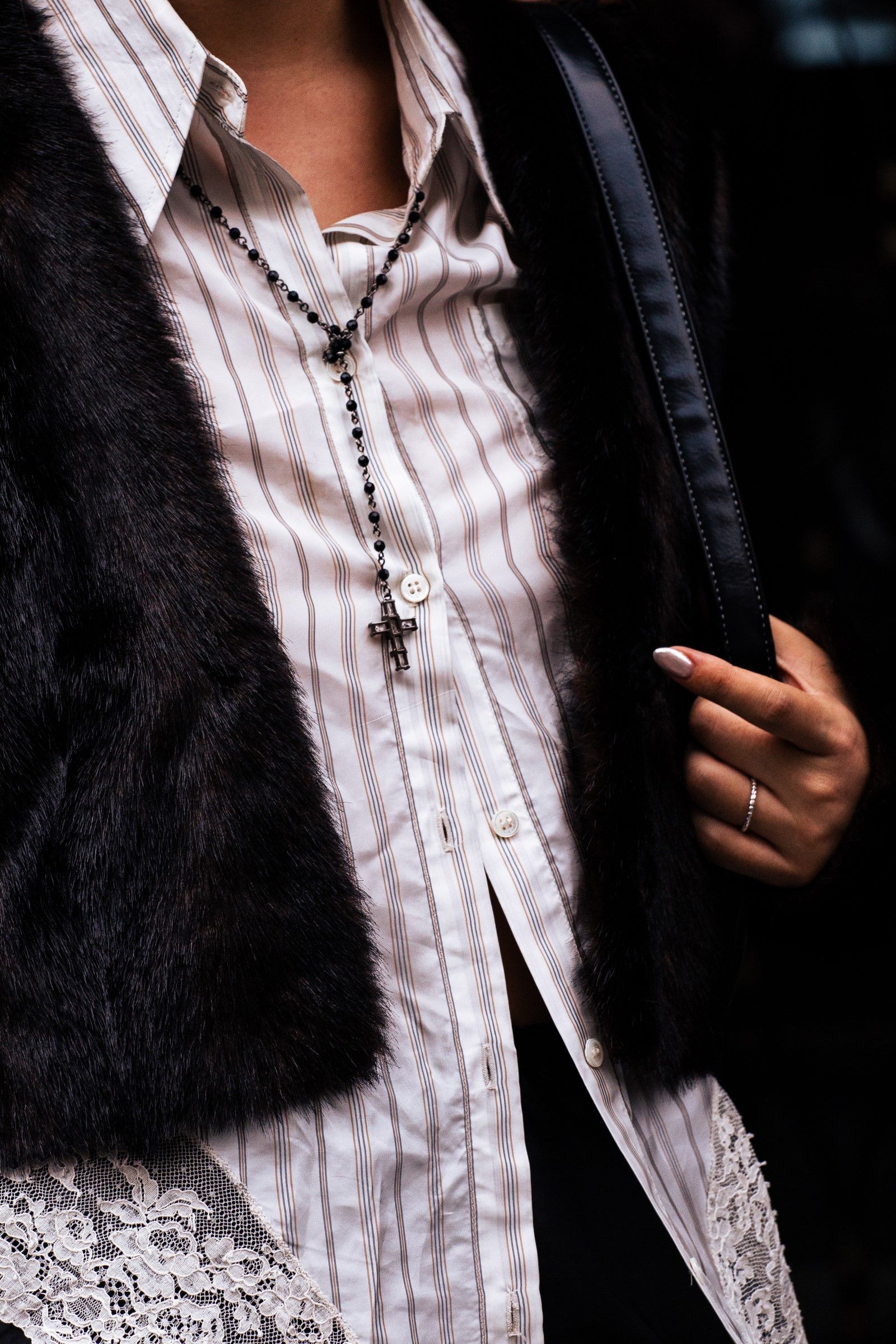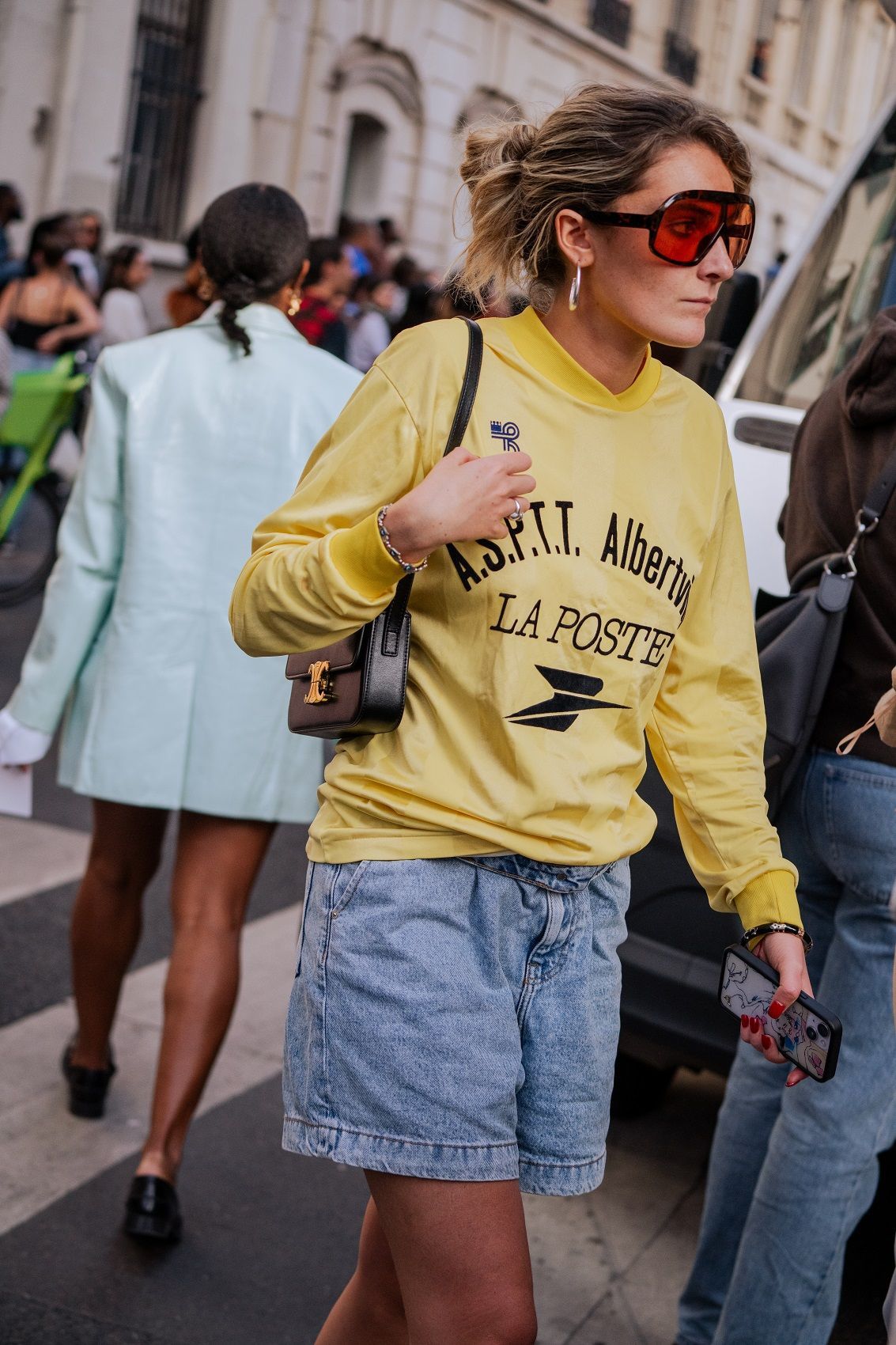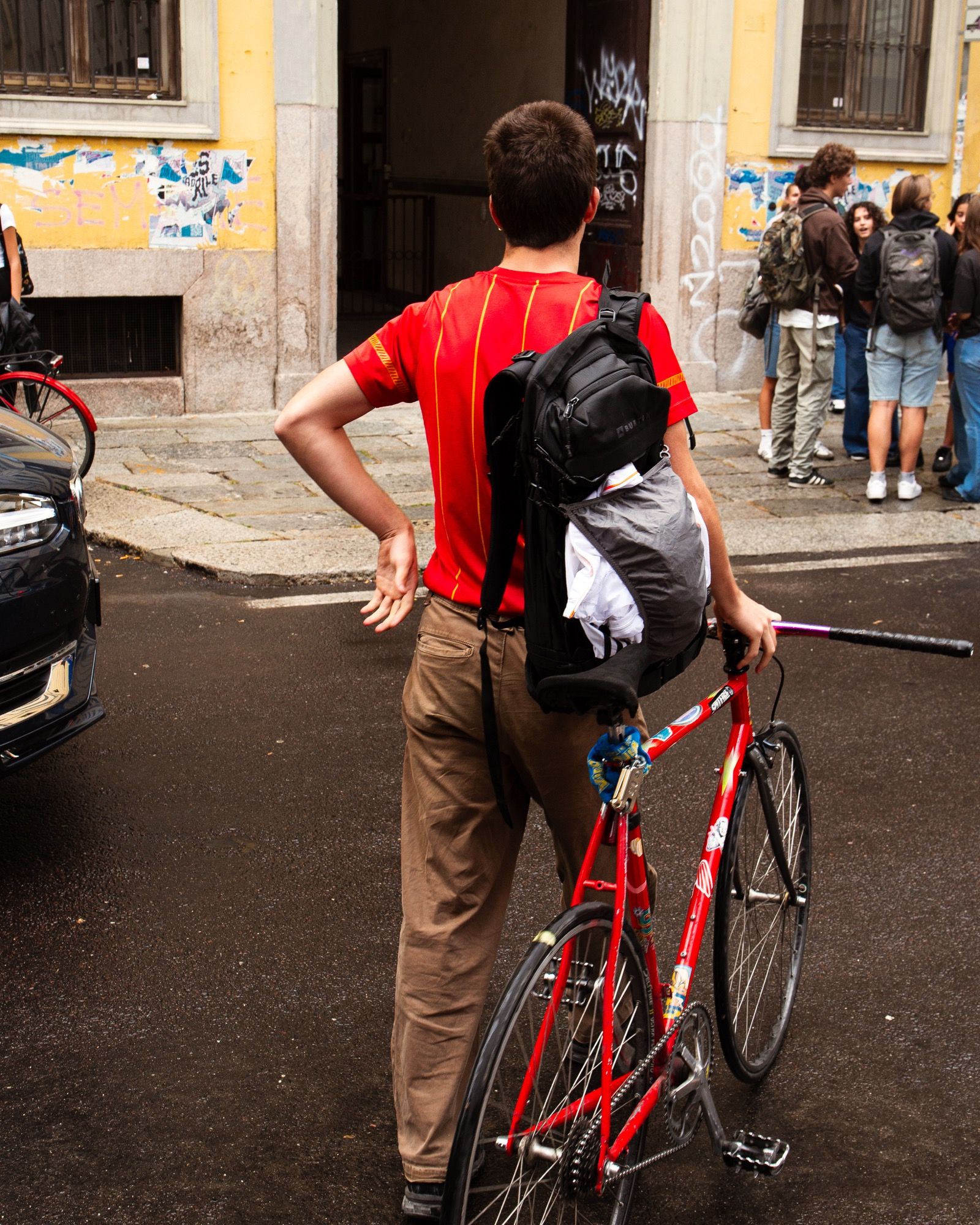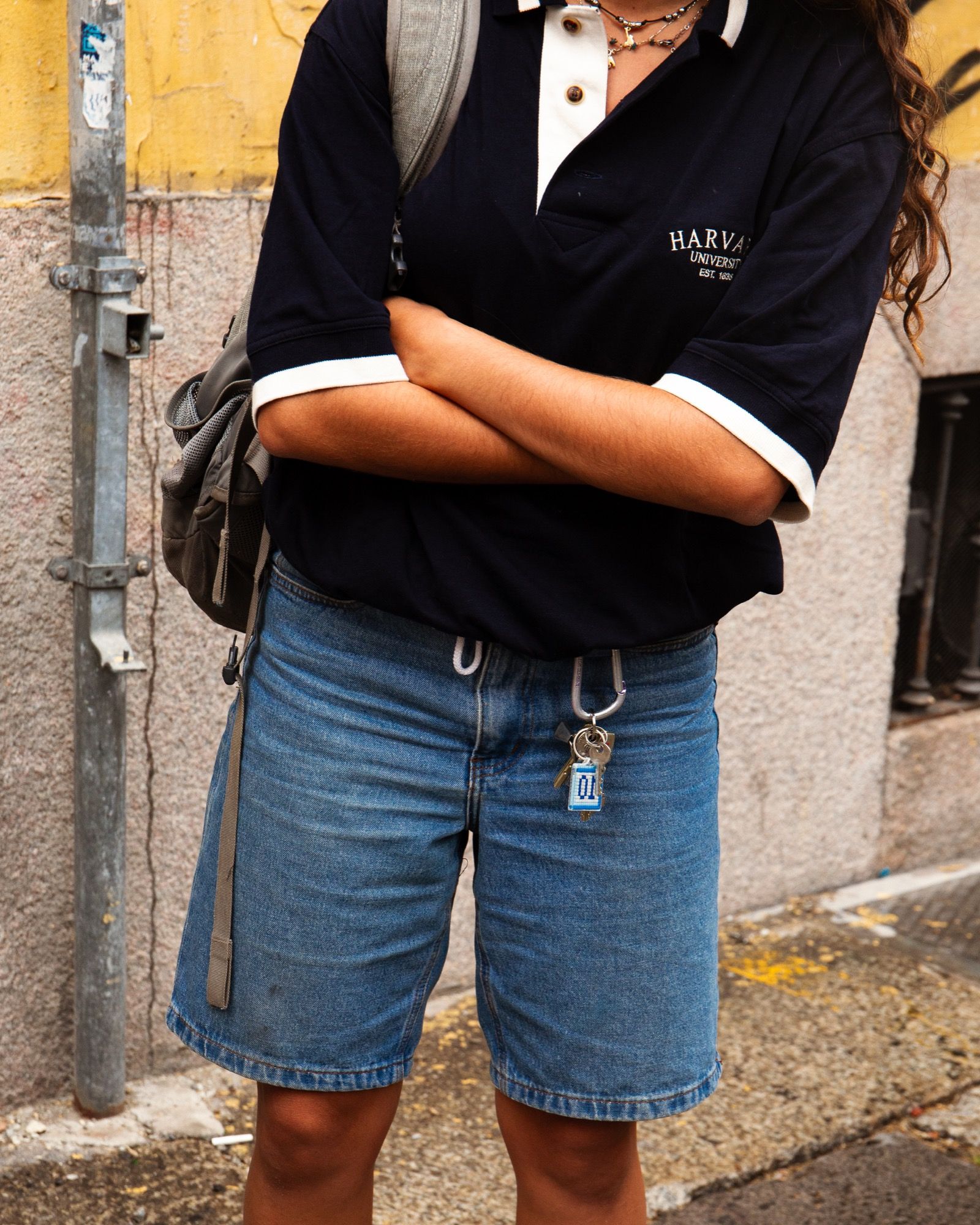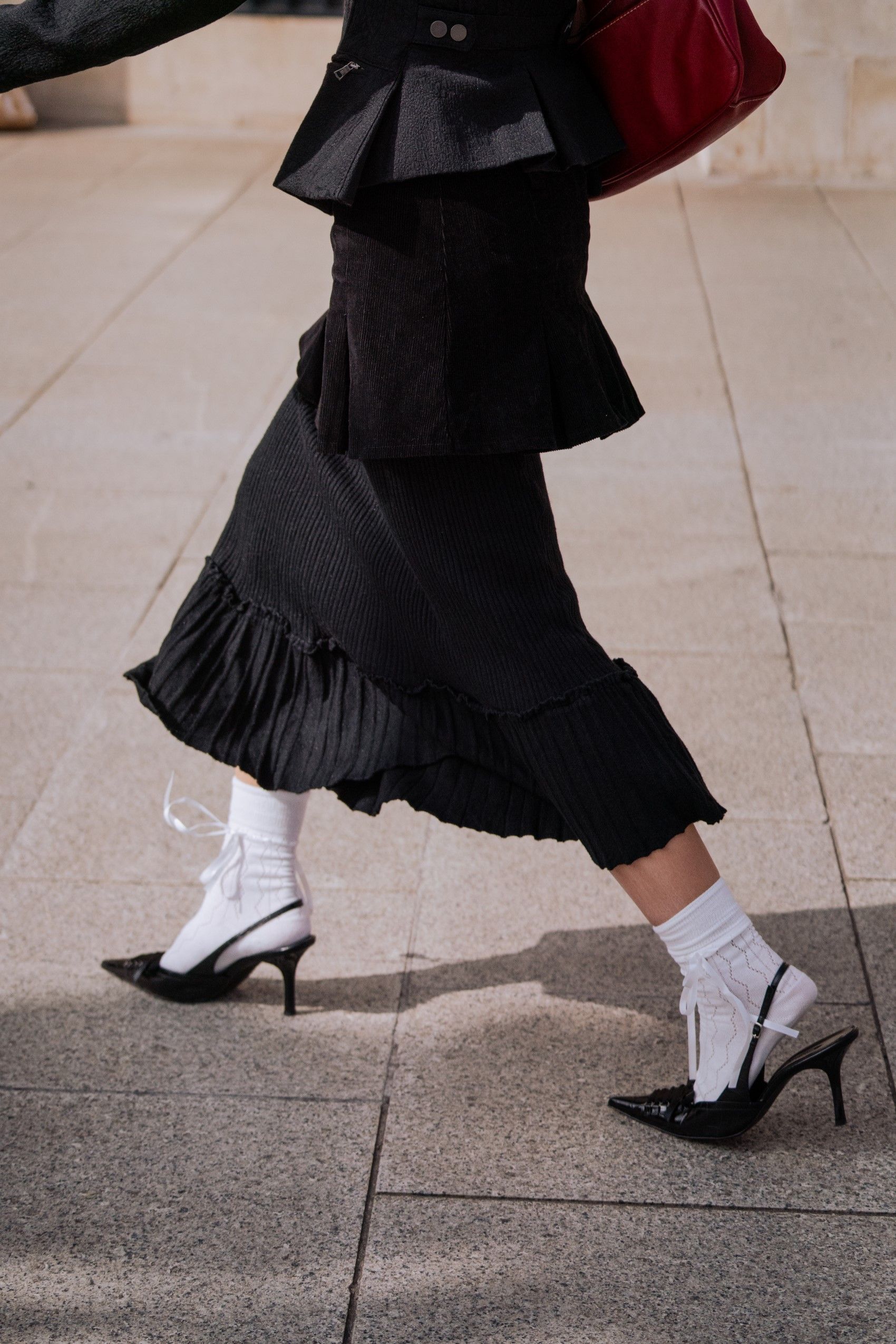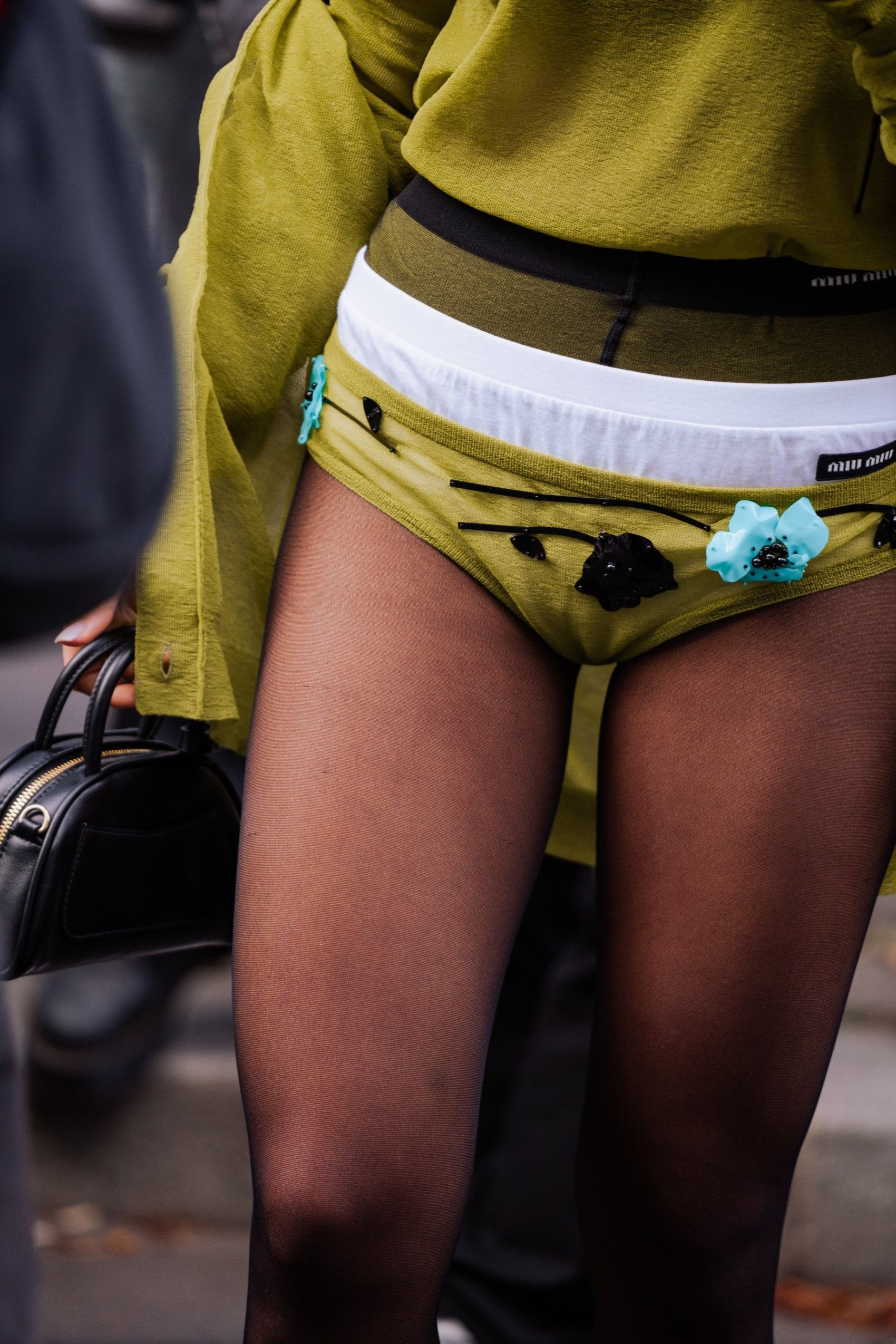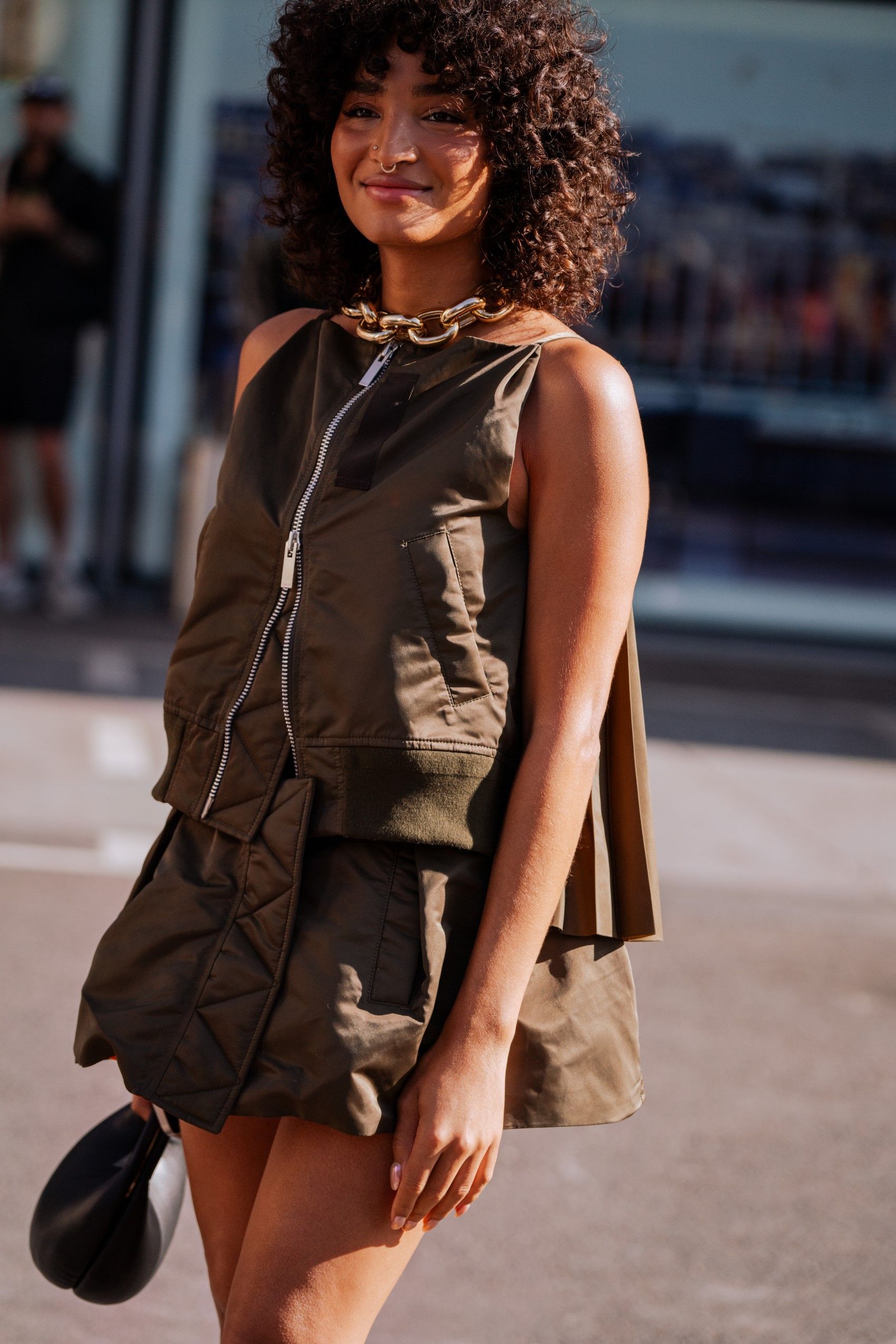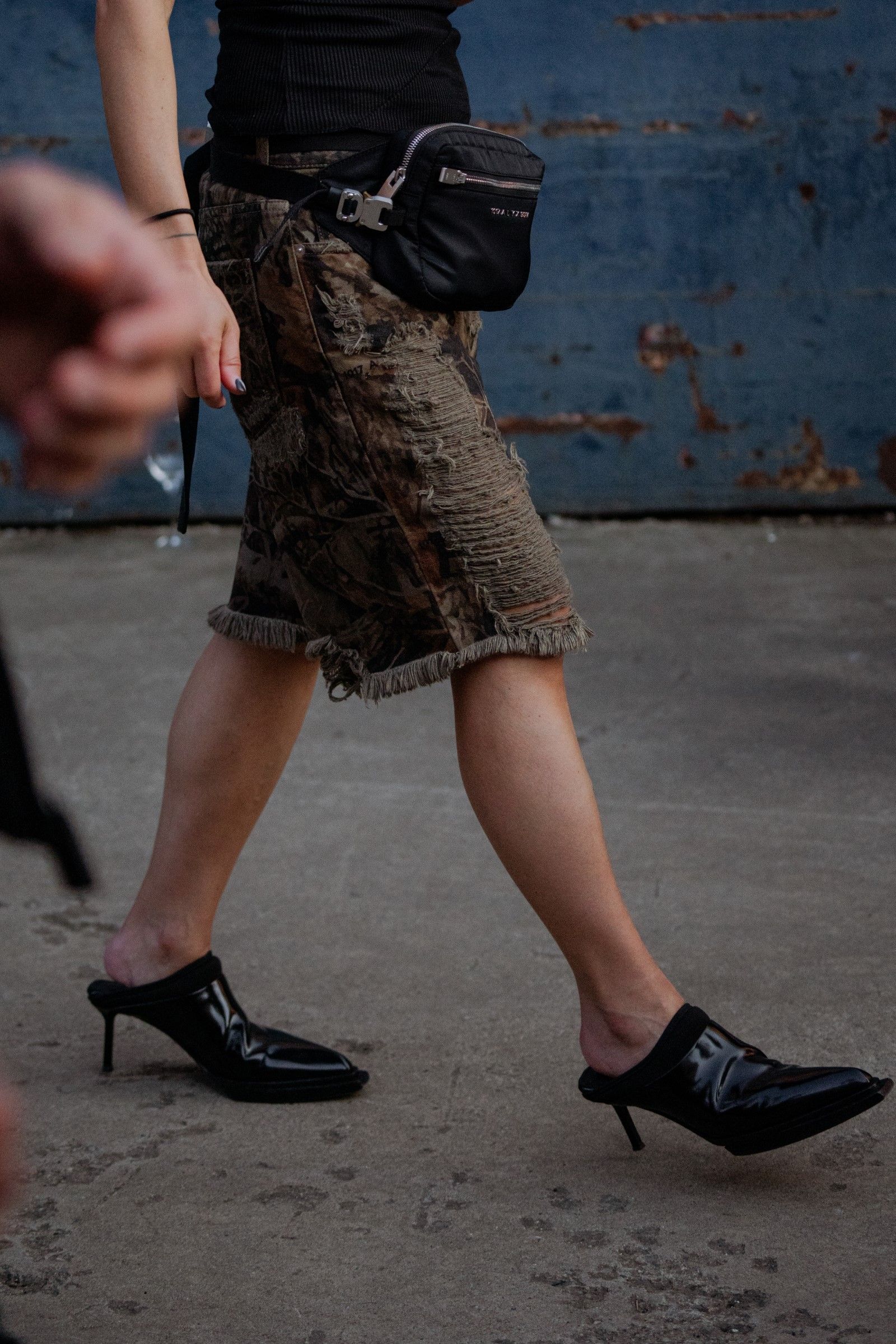
How to become trend forecaster Fashion's therapists
There's someone out there who already knows what your favourite colour will be in 2024, the pair of jeans you'll most likely to wear, the size of the bag you will prefer to use to go to work. The job of a trend forecaster is not to identify the fashions that are currently in vogue, but to predict future ones so as to suggest designers what society will want tomorrow. After all, the FW24 collections for next winter were created months before their catwalk debut, perhaps even before the creative director put pencil to paper. A job that plays in advance when the curtains of fashion week are still closed, trend forecasting has existed since the 1970s but, if today it is recognised as one of the most important professions in the industry, it is thanks to agencies such as WGSN, a world leader in the field of trend analysis founded in 1998. Inspired by the Bloomberg platform, which published financial news in real time, WGSN provided quick and accessible information, offering a first-hand look at the most diverse creative environments, from Tokyo's street style to New York's most famous store windows. Just like in every industry, the technological advancement and the arrival of social media have radically changed the functions of trend forecasters, the theme of todays' interview with Fashion Snoops' Creative Director of Youth Robbie Sinclair and Heuritech's Fashion and Creative Director Julie Pont, two successful professionals who work in diametrically opposite ways.
For Robbie Sinclair, Creative Director of Youth at Fashion Snoops, the job still relies heavily on creativity and intuition. Sinclair and his team are able to predict the themes and aesthetics that will influence consumers two years in advance. «We have three pockets» explains the forecaster, «we have the first one which is forecast, and then we have runway, and then we have something called market intelligence, which is anything that sits in the cultural, social media driven, or music sphere.» As you might guess from his role title, Sinclair's forecasts are focused on young people, and therefore look not only at the collections presented during Fashion Weeks, but also at all the other media currently catching Gen Z's interest. His work never seems to end, not even when he switches off his phone, leaves his computer at home and locks himself in a cinema, as everything influences the preferences of consumers - especially the very young. «As a trend forecaster,» Sinclair says, «you're essentially a problem solver, an interpreter, and sometimes a bit of a therapist. You have to have empathy towards humanity and what people are feeling, try to solve those problems and create something beautiful or sometimes not so beautiful.»
@dtstrends It’s giving evolved From outspoken allyship to genderless fashion trends, we’re reimagining masculinity for a safer world. Enter: Cosmic Masculinity We wouldn’t be here without the bravery of the non-binary, trans, & gender non-conforming communities paving the way. What are some of your favorite new expressions of masculinity in culture? Let us know in the comments
original sound - DTS
With the current flurry of trends and aesthetics taking hold on social media, Sinclair and his team's main task is to «cut through the noise and select something that's noteworthy.» One example of this 2023, Sinclair illustrates, has been «satirical patriotism» in sportswear, also known as blokecore. «Football and contact sports were re-packaged in a more accessible way so as to include women, the queer community, non-binary people and all genders, races and religions. It was amazing because it was like reclaiming something that was previously kept solely for one group of people.» The way teenagers choose and interact with subcultures of the past years is something Sinclair pays special attention to, because social media has drastically accelerated the dynamics of trend production. Whereas once upon a time being goth, emo or punk meant personifying all the characteristics of these strands with no exceptions and over a long period of time, now everything is remixed according to personal taste, even though, as always, in fashion each aesthetic is strongly influenced by the socio-political situation of the country to which it belongs. Not least is «Office Punk», a trend taking hold among Gen Z, only recently having entered the workforce, to disrupt the office uniform: «They'll wear some sort of tailoring, or they'll wear a tie, but then then they'll combine it with chunky, heavy boots, ripped denim, or something that feels a bit fetish,» says Sinclair.
It was a career as a designer that got Sinclair interested in trend forecasting. When he worked for ASOS, it was not the creation of a design that motivated him most, but the garment's reasons for being. «Now that I work with designers and brands, it really helps me understand the struggles and problems they sometimes face when creating products.» After spending a few years at ASOS, his career path landed at Fashion Snoops organically, still centred in a creative sphere - data and technology, Sinclair declares, come later. «We start with what's happening culturally, what's happening in society, in human rights issues, what's happening with science, with AI, music, film, TV, and politics. Once we have all this information, we break it down into sections and ask how it is going to affect people's feelings. From that we think about colours, materials and essentially product. And then we use data, but it is almost like a support that sits alongside intuition.»
How does one become a trend forecaster? According to Sinclair you have to be «curious», a simple yet effective word to imply that you have to keep your eyes and ears open at all times, to be ready to intercept the signals of society, but above all be able to translate them according to the language of your client. «I think one of the biggest misconceptions about trend forecasting is that it's all data focused. It's an incredible tool, but I think you can't be a forecaster if you don't exercise your intuition muscles. Very often brands that want to do good only focus on data and sometimes this can block their creativity. Data can be manipulated depending on the result you want.» A statement with which trend forecaster Julie Pont, Fashion and Creative Director at Heuritech, which works primarily with artificial intelligence, certainly disagrees.
«The whole process is run by AI,» explains Pont, leader of a fashion focussed team she founded at Heuritech four years ago. The main goal of Pont and her team, she explains, is to recognise images that are trending on social media and produce information packages for brands according to these findings. To do this, the team works alongside data scientists and analysts who can «provide in-depth data that could be colours, shapes, fabrics, anything. But to find those pictures you need to have the right person who can cast them. So part of the job is to help our panel manager, the other is to provide our customers - the brands and designers - with the best information for their work.» Sinclair and Pont operate in opposite ways, yet both are tasked with collecting information and making it accessible to the companies that contact them. While Sinclair anticipates two-year trends through an essentially aesthetic and humanistic approach, Pont focuses on the present moment, teaching clients the science of trend forecasting. «We are here to solve problems and answer questions that are very specific, this is the main difference from traditional trend forecasting agencies: we are always working with data scientists to corroborate and verify what is our intuition and to provide our clients with actionable and leverageable data.»
@thedigifairy Our first video was a general overview of the Gen X Soft Club aesthetic.. now we’re diving into what distinguishes it from other Y2K-adjacent and inspired aesthetics such as McBling, Cyber Y2K and Acubi. This has led us to question whether GXSC is the most accurate representation of that era? Would love to hear your thoughts. Also, looking back ‘tech-realist’ rather than ‘tech-neutral’ would have been a better way to describe GXSC #genxsoftclub #fyp #foryoupage #y2kaesthetic #mcbling #cybery2k #acubi Aphex Twin Drum and Base - Linn Mori
Pont, like Sinclair, has a background in fashion design, and owes her success to her freelance projects. «I worked as a designer in the fashion industry for three years. It allowed me to see a lot of things and understand a lot of processes and differences between one maison and the other.» The forecaster took her first steps in the industry when, after discussing the future of Heuritech with the company CEO Tony Pinville, she was given the chance to combine her creative know-how with the company's technological savoir faire, founding and directing an entirely new team. «There were basically no people who had something to do with the fashion industry, it was really difficult for technical engineers to understand the complexity of this industry, the way we create clothes, the way garments are made.» Now, Pont and her team work with brands and companies to better translate Heuritech's reports. «We support their insights with concrete evidence. If they notice a trend on the market, we are here to see if they are right and what impact that trend has on their own market. That is our first help, the second is to open their perspective and say, "OK, you might want to follow this trend, but is it really for you?"» To do this, Pont explains, it is necessary not to be afraid of confronting realities that are different from one's own: «What is really important to understand about Heuritech is that we are always working closely with people who are completely opposite in terms of jobs and expertise.»
As Sinclair and Pont talk about how their careers have changed from creative production to consultancy, the two forecasters point out that working as a designer has allowed them to learn about «the ugly side» of fashion. In the case of Fashion Snoops' Creative Director of Youth, creating clothes for a fast fashion company exposed him to the industry's environmental impact, an aspect he now counters by educating brands that are less attentive to the new and endless possibilities of sustainable production, while Pont recalls feeling very frustrated with people who were holding back her ideas in favour of numbers. «When we were in the creative room to propose new collections and new products,» she explains, «we were always put in a corner by people who were related to maths. When you work in fashion you are projected into the future, but we were always constrained by people that were sticking with the past, past sales, past successes, historical data and things like that.» This lack of artistic freedom was bridged in Heuritech, years later. «That's what I really appreciate about our CEO's position. When I met him, he told me that he would be pleased to find a way to back the intuition of creatives with our data. We allowed the industry to be more daring and less revenue-driven.»
That of the trend forecaster is to all intents and purposes a complex and multifaceted job, in 2023 divided between scientific and humanitarian resources in equal measure. Doing this job means being able to listen, to observe what is happening in the world and to translate each stimulus into decipherable information for all insiders who must learn to read society's needs. On the one hand, the constant production of viral trends in fashion highlights an aspect in which fashion forecasters find themselves partially complicit, but on the other, it is reassuring to know that, in all this mess, there's still someone who is able to understand where we're headed. We did not ask Pont and Sinclair what our favourite colour will be in 2024 or what pair of jeans we should buy; we leave the interview with the feeling that they actually already know, but are happy to let us find out in due course. Just like a therapist.











































